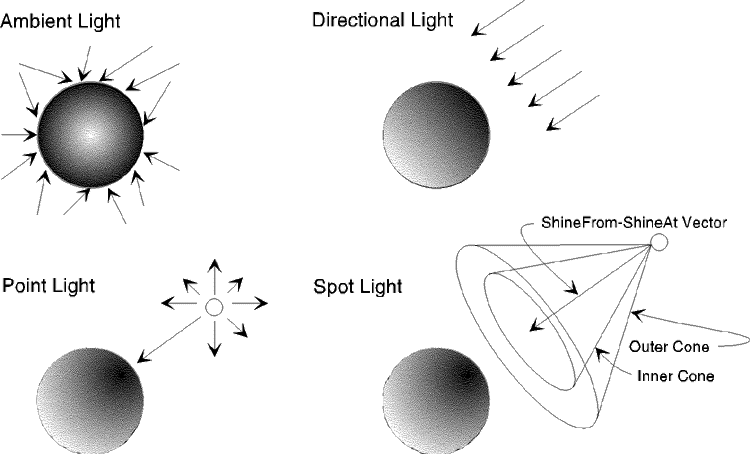
LED tube lights are modern, energy-efficient alternatives to traditional fluorescent tubes. They use light-emitting diodes (LEDs) to produce bright, clear light with lower energy consumption and a longer lifespan. LED tube lights are known for instant brightness, durability, and the ability to come in different colors and sizes. They are widely used in homes, offices, and industries to save energy costs and reduce maintenance, offering a sustainable lighting solution that’s both eco-friendly and cost-effective. Here are 20 interesting facts about LED tube lights you should know.
- Energy Efficiency: LED tube lights are highly energy-efficient, consuming significantly less electricity compared to traditional fluorescent tube lights. This is due to their ability to convert more electrical energy into visible light rather than heat.

- Long Lifespan: LED tube lights have a much longer lifespan than fluorescent tubes, often lasting up to 50,000 hours or more. This longevity reduces maintenance costs and the frequency of replacements.
- Instant On: Unlike fluorescent tubes that may flicker or take time to reach full brightness, LED tube lights provide instant illumination when switched on, even in cold temperatures.
- Directional Lighting: LEDs emit light in a specific direction, making them more efficient for use in fixtures where light needs to be directed, reducing wasted light and energy.

- Color Options: LED tube lights are available in a wide range of color temperatures, from warm white to cool daylight, allowing for customizable lighting environments to suit different applications.
- No UV Emissions: LEDs produce very little ultraviolet (UV) light compared to fluorescent tubes, making them suitable for use in environments where UV exposure needs to be minimized, such as museums or galleries.
- Dimmable Options: Many LED tube lights are dimmable, offering flexibility in adjusting light levels to create different atmospheres or conserve energy when full brightness is not needed.
- Environmentally Friendly: LEDs contain no mercury or other hazardous substances, unlike fluorescent tubes which require careful disposal due to mercury content, making LEDs more environmentally sustainable.

- Durability: LED tube lights are more resistant to shock, vibration, and external impacts compared to fragile fluorescent tubes, making them suitable for rugged environments.
- Low Heat Emission: LEDs emit very little heat compared to traditional lighting technologies, contributing to reduced cooling costs in indoor environments and making them safer to handle.
- High Color Rendering Index (CRI): LEDs often have a high CRI, which means they can render colors more accurately and vividly compared to fluorescent tubes, enhancing visual appeal in retail and display applications.

- Compact Design: LED tube lights are typically smaller and more compact than fluorescent tubes, allowing for sleeker fixture designs and easier installation in tight spaces.
- Instant Retrofit: LED tube lights can often be used as a direct retrofit for existing fluorescent fixtures with minimal modifications, offering a quick and cost-effective upgrade solution.
- No Ballast Needed: Some LED tube lights are designed to operate without a ballast, eliminating the need for ballast maintenance and reducing energy consumption further.
- Low Glare: LEDs produce light with low glare and minimal flicker, providing a more comfortable and visually appealing lighting experience, especially in office and educational settings.
- Remote Control Options: Advanced LED tube lights can be integrated with smart lighting systems, allowing remote control of brightness, color temperature, and scheduling for enhanced energy management and convenience.

- High Efficiency in Cold Temperatures: LEDs maintain their performance and efficiency even in cold environments, unlike fluorescent tubes which may struggle to start or operate in low temperatures.
- Adaptability to Solar Power: LED tube lights are compatible with solar power systems due to their low power requirements and ability to operate efficiently on DC power, making them ideal for off-grid applications.
- Reduced Light Pollution: LEDs can be directed and controlled more effectively, reducing light spill and glare that contribute to light pollution, which is beneficial for urban and outdoor lighting applications.

- Technological Advancements: Ongoing research and development in LED technology continue to improve efficiency, lifespan, and functionality, ensuring that LED tube lights remain at the forefront of lighting innovation.
- How LED Tubelights works?
- How to buy best tubelights for Home ?